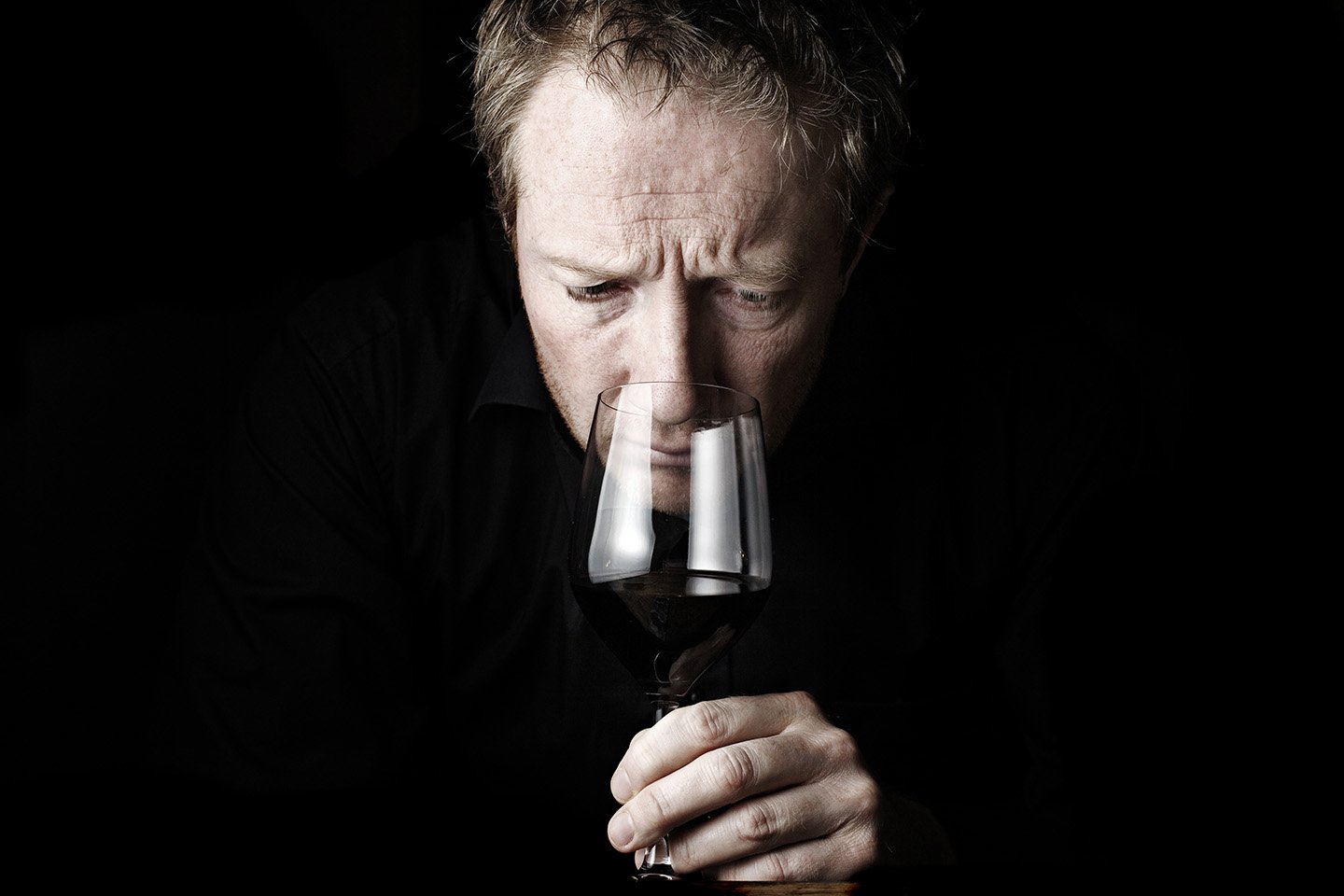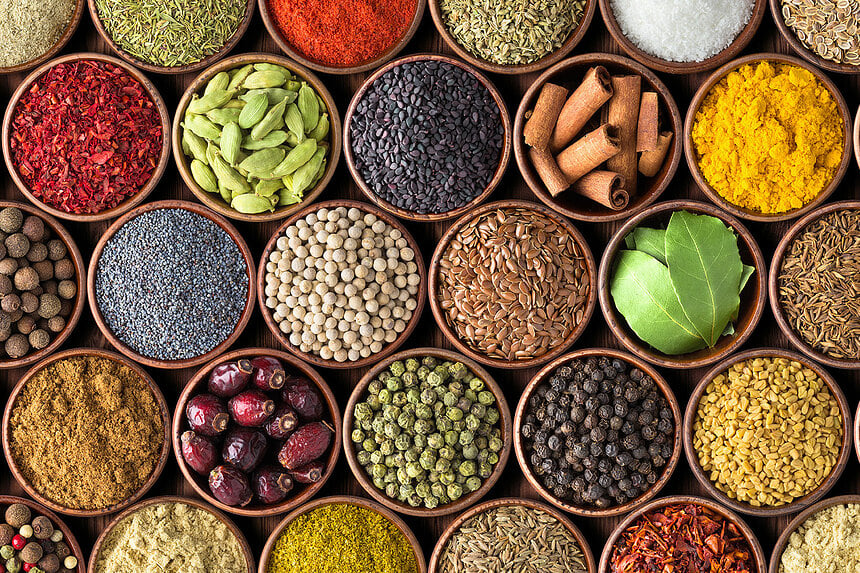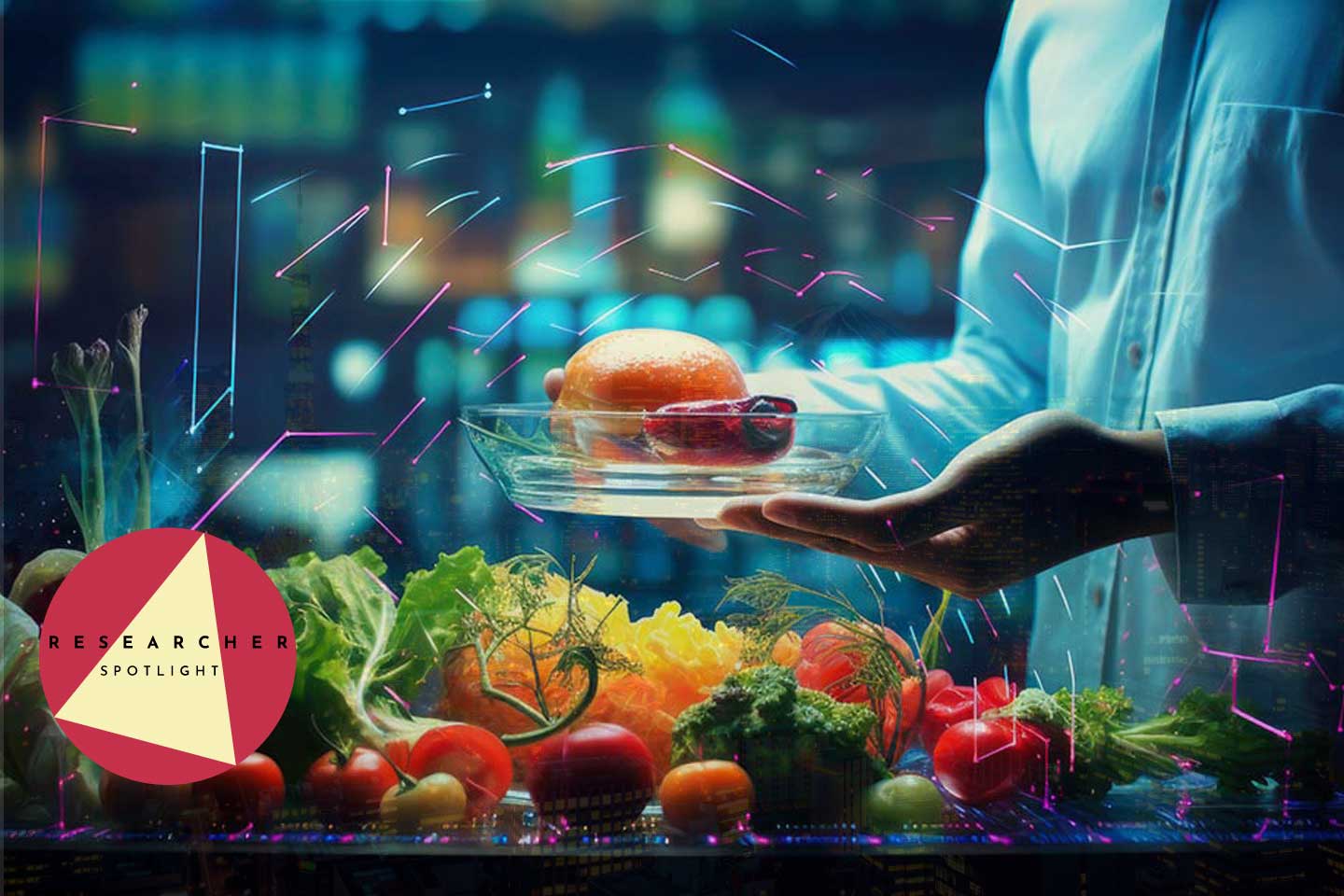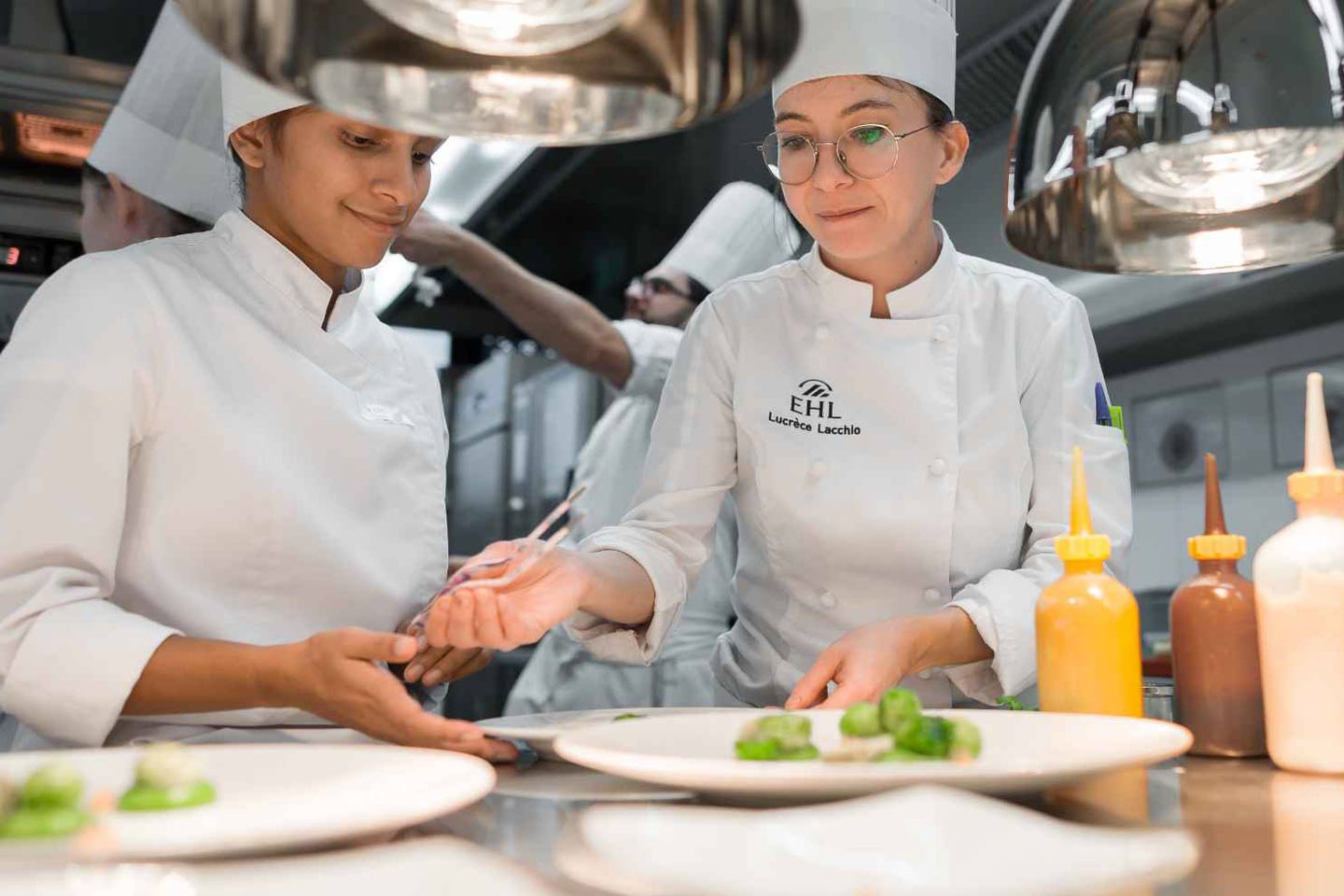In wine ratings, everyone’s a winner (well, almost). If you have ever wheeled your shopping cart down the wine aisle of a supermarket or grocery store to pick out a bottle of red, white or rosé, only to be bombarded with a blaze of blue ribbons, gold medals or other flashy distinctions, you are not alone.
Wine competitions are not the Olympics. When a particular wine is awarded a gold medal it does not mean that it was the best wine in the competition. In some wine competitions, in fact, hundreds of wines can be awarded gold medals.
According to Jérôme Aké Béda, named as “Sommelier of 2015 for Switzerland” by Gault & Millau, those tasting wines on one side of the room may be assessing a different bottle of the “same” wine from tasters on the other side of the room.
“Sometimes they tell you from the start ‘don’t judge the nose, or the robe,’” said Béda. “In the end what we’re judging is just a small part of the criteria.”
“The wine ratings are biased, so I don’t agree with that.” In addition, when there are only six people tasting wine around a table with a moderator, who is usually an ‘influencer’ or even a member of the host organization, tensions can mount.
“It could be a bottle that is prepared just for the tasters but when you, the consumer, buy it and get it home with its flashy gold medal, you just want to pour it down the drain. It’s a zero,” he said.
A myriad of wine distinctions muddle the message
In grocery stores throughout Europe, bottles proudly display gold medals, critics’ ratings, or other assorted distinctions. Competitions are held in many regions and cities -- Bordeaux, Mâcon, Frankfurt, Brussels to name just a few, and closer to home, Zurich and the Valais and Vaud cantons.
For instance, at the 2018 Vinalies competition in Paris, no fewer than 1,035 wines from around the world and of various vintages won silver or gold medals. Generally, one-third of participating wines go home with an award.
Nevertheless, for some of the other panelists, “medals and wine ratings are a fairly reliable indicator of quality in general” and the competitions are an effective way for solid, but second-tier, wines to gain recognition. The heavyweights may shun these competitions, but winning a ribbon or an award can be an important marketing tool for smaller wine producers.
Blacklists and blind tests
Wine ratings can be skewed when the taster knows the wine he or she is drinking. The most effective way of attenuating ratings bias, the panel concurred, is through blind tastings. “Blind tasting is, in my opinion, the only solution; otherwise, it’s called going out for a drink with friends”, said wine journalist, Alexandre Truffer.
“I’d like to see what would happen if a wine critic gave a poor rating to a prestigious château. If you’re blacklisted by, say, LVMH, you might as well change professions. I can probably predict the ratings and comments for the Angelus 2027,” Truffer said jokingly.
Large “popular” panels comprising 20 or so wine experts, chefs, students and laymen is a good approach, in the view of Béda. “If a majority of 20 tasters reckon the bottle should move on to the next round it can’t be bad,” he said. He also believes the same bottle should be tasted by the entire room.
Gildas L’Hostis, senior EHL wine lecturer, said he resolves the wine ratings bias issue by never looking at ratings before wine-tastings with his students.
What’s important is their emotion when tasting, that they continue to be adventurous and widen their horizons.
This sentiment was echoed by EHL alumna and wine consultant Johanna Dayer. When tasting wine, she said, “you should never put pressure on yourself because it’s a highly personal process.”
During the panel discussion, Cédric Bourassin, Head Chef at EHL’s Berceau des Sens restaurant, also drew parallels with the pressure chefs are under to please the various guide books, particularly the Michelin Guide and Gault&Millau, and cope with the vagaries of reviews from clients and bloggers.
“The Michelin Guide is very professional. It is still the benchmark. The reviewers introduce themselves after they have finished their meal. And they always pay for the meal,” he said.
However, Michelin stars come with high expectations and “pressure that is very difficult to handle on a day-in, day-out basis,” Bourrasin added.
Echoing these thoughts, L’Hostis opined: “Some winemakers are sick of wine ratings, guides and experts,” and Béda chimed in: “Everyone should be their own guide; if you don’t like it … don’t go back.”
The panel discussion on “Ratings, scores, reviews of restaurants and wines in 2018” was held at EHL in Switzerland on May 15th, 2018 as part of the 2nd Wine & Hospitality Management Workshop.





